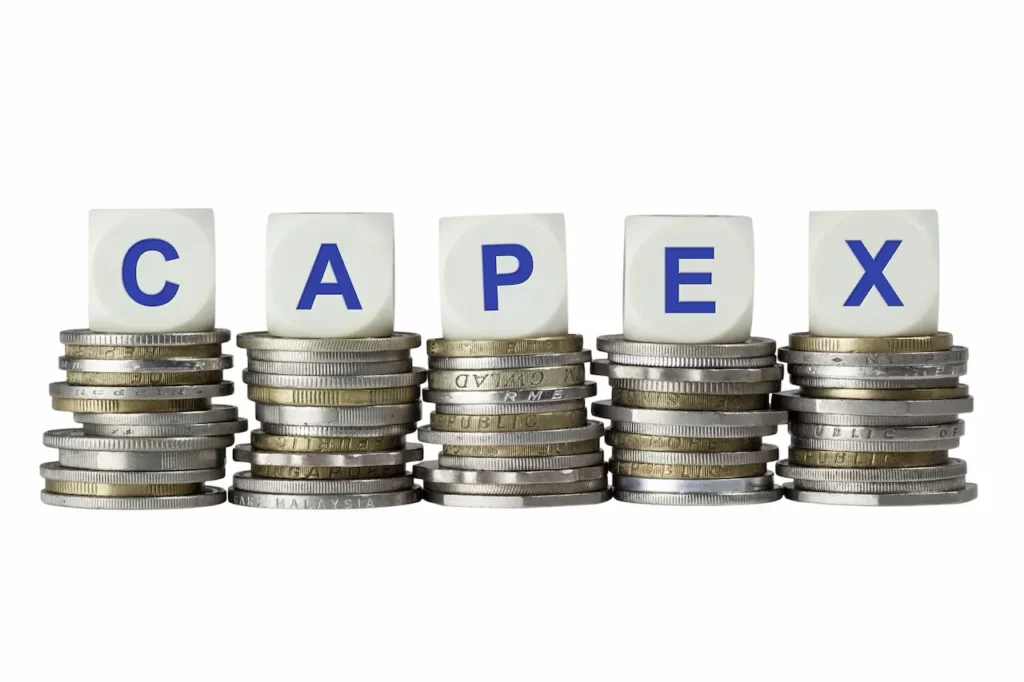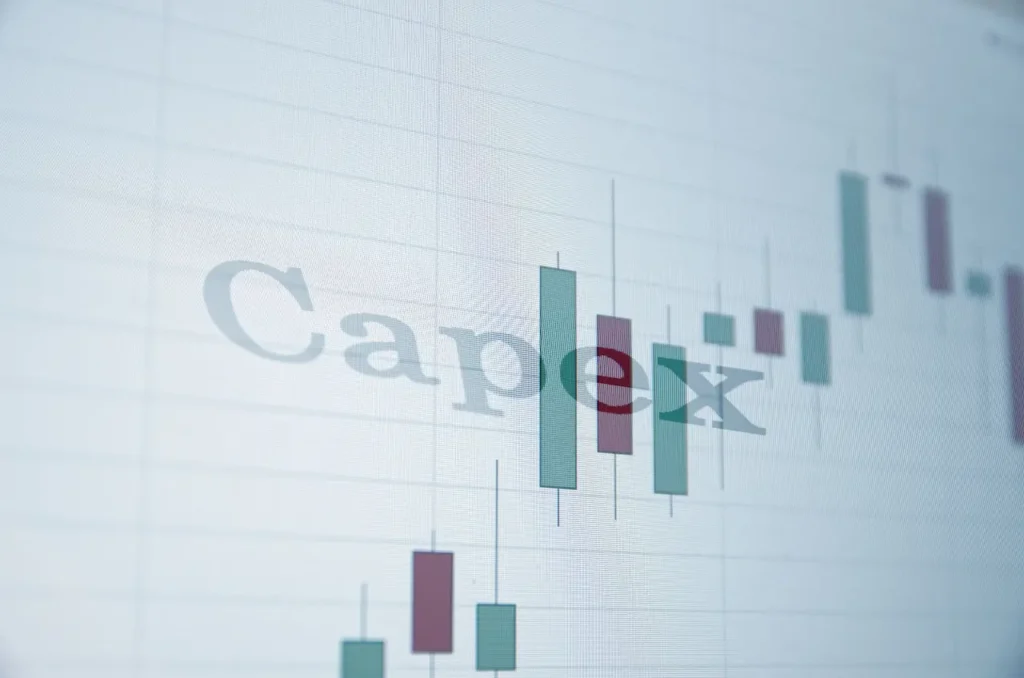CapEx, Earnings, and Cash Flow
CapEx, Earnings, and Cash Flow: Key Financial Indicators to Understand Your Investments
When reviewing your investments or evaluating the financial health of a company like BHP, it’s essential to understand key financial indicators such as Capital Expenditure (CapEx), earnings, and cash flow. These indicators provide insights into how a company operates, invests in its future, and rewards its shareholders. Let’s dive into each of these metrics using BHP as an example.
What is Capital Expenditure (CapEx)?
CapEx refers to the funds that a company spends on acquiring, upgrading, or maintaining its physical assets such as machinery, buildings, and equipment. In the case of BHP, CapEx can be used to expand existing mines, develop new ones, or acquire companies with established mining operations. This expenditure is a key factor for long-term growth but also requires significant cash outlay.

BHP has historically followed a cautious approach to CapEx. About six to seven years ago, the company shifted its strategy. Mining companies like BHP decided to pull back from aggressive expansions. Instead of focusing on expanding mines during favourable market conditions, they chose to prioritize paying off debts. This strategy was put in place to avoid the mistakes of the past when mines were expanded at the peak of the cycle, only to suffer when commodity prices eventually fell.
BHP’s Approach to CapEx and Its Impact on Shareholders
In the years following this strategic shift, BHP reduced its CapEx spending from around $20 billion annually to about $3 to $4 billion. This meant that instead of investing heavily in new projects, the company directed its surplus cash toward debt reduction and shareholder rewards in the form of higher dividends and share buybacks. These actions had a positive impact on BHP’s share price, which outperformed the ASX200 index.
For investors, this strategy had multiple benefits. First, the company became more financially secure by reducing its debt, making it a safer investment in the face of potential market downturns. Second, the higher dividends and share buybacks attracted investors seeking stable income, which led to higher share prices.
Why is BHP Changing Its Strategy?
However, in recent months, BHP has announced plans to increase its CapEx. This shift comes as the company faces the reality of finite resources. To sustain long-term growth, BHP recognizes the need to reinvest in its future by expanding its mines and securing new projects. This change is significant because it signals a potential decrease in dividends for shareholders in the short term. While shareholders may be used to high dividend payouts, they must be prepared for a reduction as BHP redirects funds toward its expansion.
For those relying on BHP’s dividends as a source of income, this change could have a notable impact. Investors should be aware that the dividends, which have been around $3 to $4 per share in recent years, could drop to about $1.50 per share shortly. This is a considerable decrease, and it may be wise to adjust your portfolio to account for this shift.
What About Cash Flow?
Cash flow is another important indicator to monitor. Cash flow represents the money that flows in and out of the business. For BHP, cash flow is generated by selling iron ore, from which the company covers its operational costs. The remaining money, or excess cash flow, is then allocated to CapEx, debt repayment, and dividends.
For the past few years, BHP has directed its excess cash flow primarily toward paying down debt and increasing dividends. However, with the new investment in CapEx, the cash flow distribution will likely change. This means shareholders may see lower dividends in the future as BHP diverts funds to invest in its future growth.
What Does This Mean for Investors?
As an investor, understanding these financial metrics is critical for making informed decisions. If you are heavily invested in BHP, you should be aware of the potential changes in dividend payouts. While BHP may be investing in projects that will benefit the company long-term, the short-term impact may not be as favourable for those relying on dividend income.
If you are nearing retirement or depend on dividends from stocks like BHP for income, it may be a good idea to reassess your portfolio. Diversifying your investments could help mitigate the impact of potential dividend reductions.

In Summary
- CapEx: BHP is shifting its focus from debt repayment and dividends to investing in future growth. This means higher spending on mining projects and lower immediate returns for shareholders.
- Earnings and Cash Flow: BHP’s earnings and cash flow will be impacted by the increased CapEx. While the company may be reinvesting for future growth, the short-term reward for investors could be lower dividends and a change in the balance between debt repayment and shareholder returns.
- Investor Strategy: If BHP forms a significant part of your portfolio, especially if you rely on dividends, it’s important to prepare for potential changes. Consider diversifying or adjusting your holdings to ensure long-term stability.
By understanding these key financial concepts and their impact on a company like BHP, investors can make more informed decisions about their portfolios and financial futures.
If you have any questions about how these metrics apply to your investments or want to discuss how to manage potential changes in your dividend income, feel free to reach out to your financial advisor.
Super Fund Flexibility and Fees
A good financial planner will not only compare fees between super funds but also the flexibility of your investment options. Industry funds tend to have lower fees but may not offer the same range of options as platforms like BT Panorama. Some individuals prefer the broader choices available on platforms like BT Panorama, especially if they seek specific investment strategies (e.g., ethical investing) or flexibility in how their pension is delivered.
It’s essential to evaluate not only the fee structures but also the flexibility and options available, such as the ability to adjust investments as you approach retirement.
Insurance Within Super Funds
When switching super funds, individuals may overlook the insurance coverage tied to their original fund. Insurance benefits are often part of group policies within industry funds, and it’s crucial to understand whether you need to opt into new coverage or risk losing it altogether when you change funds.
Qantas and Other Investment Considerations
Remo discusses avoiding investments in airlines, insurance companies, and chemical firms, explaining that these sectors are frequently linked to negative headlines (e.g., plane crashes, disasters, etc.). For Qantas, in particular, there’s concern about the company’s aging fleet and the capital expenditure (capex) required for replacing planes. This means that funds may go toward buying new aircraft rather than increasing shareholder dividends, making it a less attractive long-term investment.
South32 Investment
South32, a spin-off from BHP, has performed well thanks to strong commodity prices, and Remo suggests that it’s a well-managed company. As a result, he would generally recommend holding onto South32 shares.
Accessing Superannuation in Retirement
The blog mentions a listener, Glenn, who inquired about accessing superannuation at 64 to fund retirement village costs. This situation often requires careful advice, as withdrawing funds may affect long-term retirement savings and future contributions. It’s recommended to seek advice about the implications before making any decisions.
International Taxation and Superannuation
Leanne, who received part of her ex-husband’s pension through a 401k, seeks advice on managing taxes related to this income. A good approach is to consult with international tax consultants who can navigate the complexities of receiving foreign pension income while residing in Australia. Financial firms with international practices are best equipped to help with this situation.
Capital Gains Tax and Re-contribution Strategies
Geoff from Bendigo asks about withdrawing $100,000 from his pension fund and putting it back into an accumulation fund or selling shares. Remo recommends seeking advice to avoid significant capital gains tax liability. There may be strategies, like re-contribution, that could help Geoff minimize the tax burden.

Bonds and Fixed Income Investments in the Pension Phase
For those in the pension phase, it’s important to balance the portfolio to reduce risk while still achieving returns. Remo explains that while having 80% of the portfolio in equities is somewhat aggressive, bonds and fixed-income investments are also important. These can provide more stable returns, with options like Australian government bonds, bank bonds, and hybrid ETFs offering returns in the range of 3-7%. Bond ETFs are a good way to diversify while still maintaining income.
Conclusion
This detailed conversation provides insightful financial planning advice, from managing superannuation and considering flexible investment platforms, to strategically navigating capital gains tax. Each scenario, whether related to switching super funds, managing international pensions, or optimizing bonds in retirement, emphasizes the importance of individualized advice and the need to consider both financial flexibility and tax efficiency.
Would you like further elaboration or help with any specific part of this discussion?





